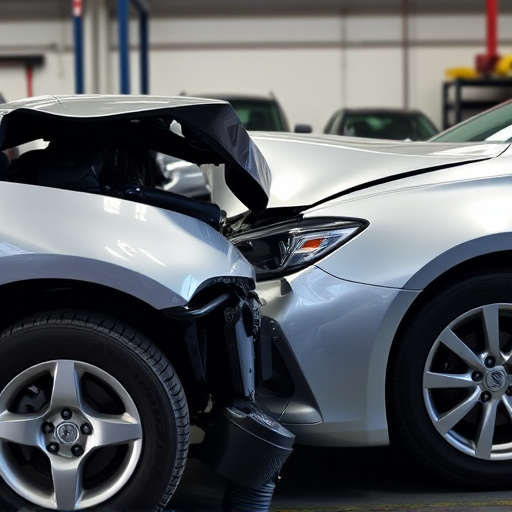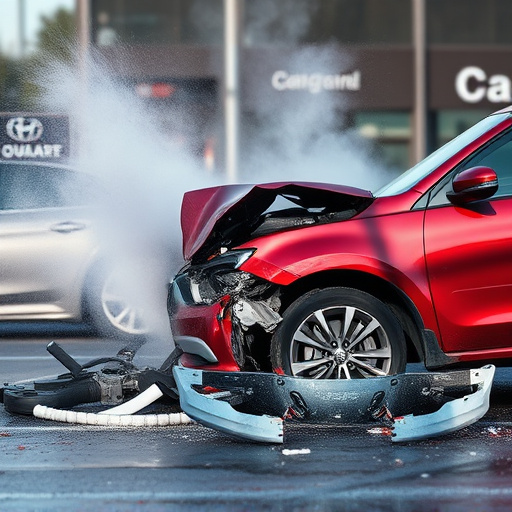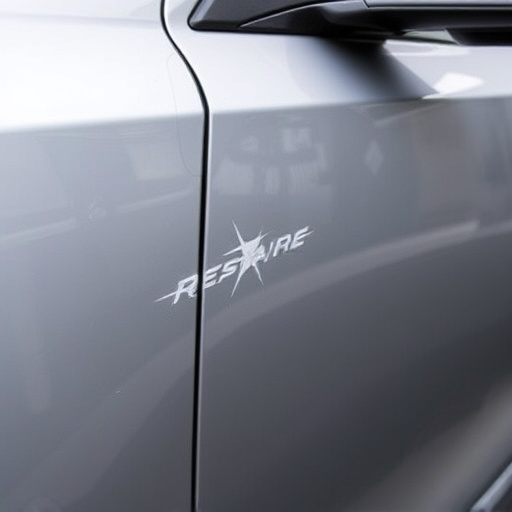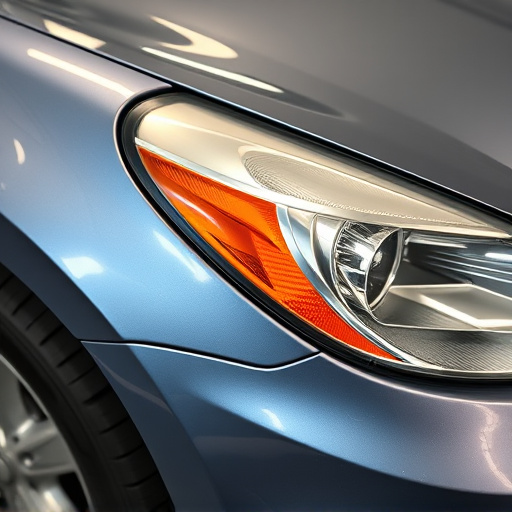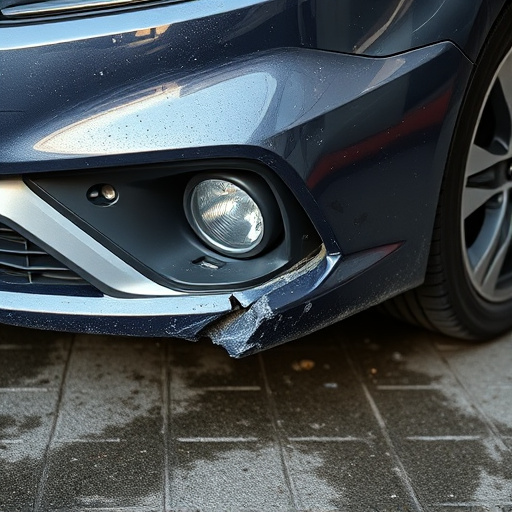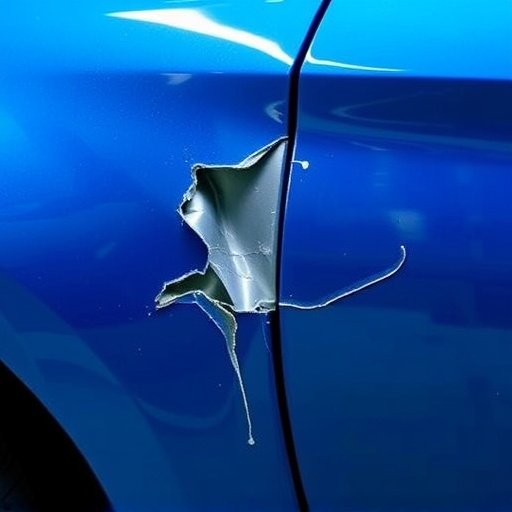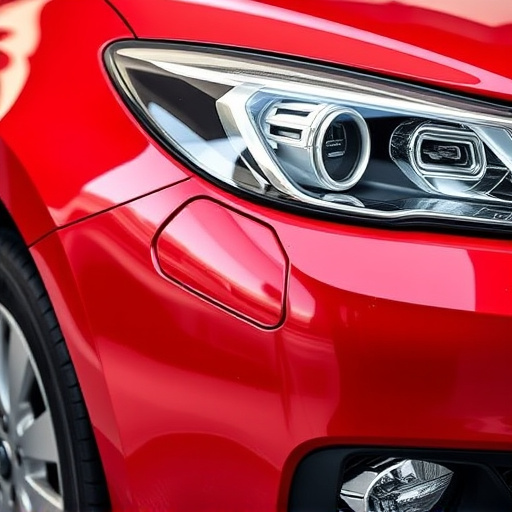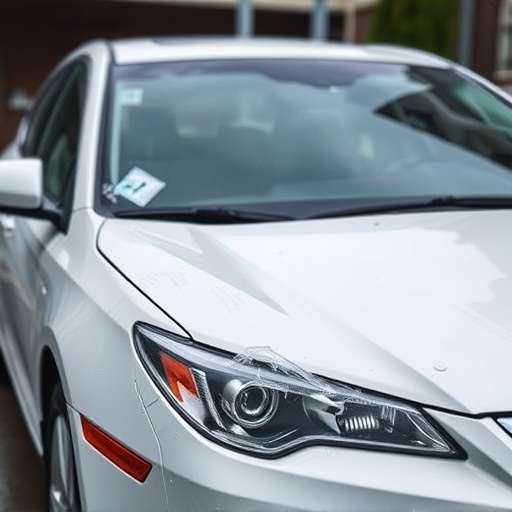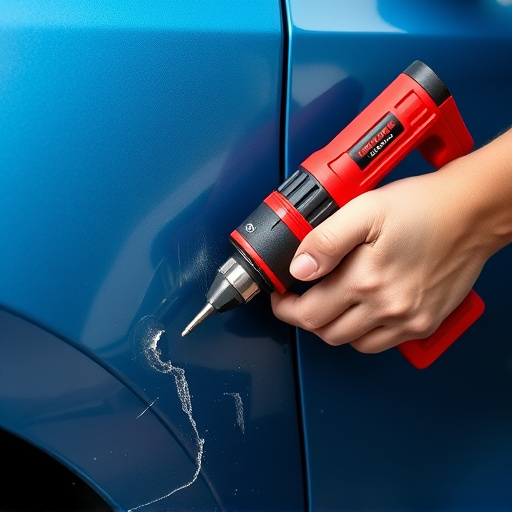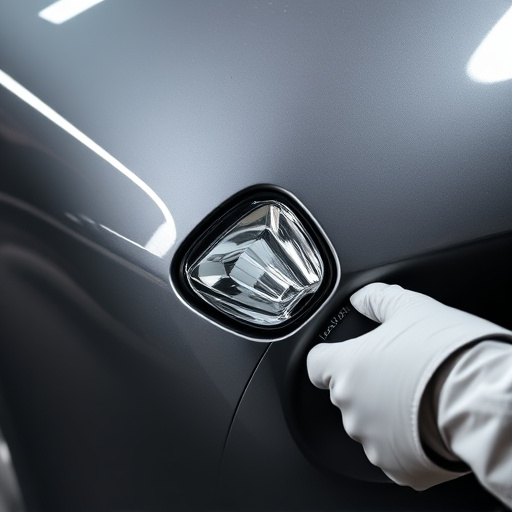Safety glass, treated to prevent sharp shards upon breakage, is crucial in modern life from homes to vehicles, enhancing safety and structural integrity. High-quality materials offer exceptional durability, impact resistance, and hazard protection. In automotive repairs, certified shops provide quality car paint services for optimal safety glass replacement, ensuring driver safety. Choosing the right type, like tempered or laminated glass, tailored to specific applications is vital for enhanced protection and performance across diverse sectors.
Discover the extraordinary world of safety glass—a crucial component in enhancing building security. This comprehensive guide unveils seven insightful secrets about high-quality materials, offering a deeper understanding of their properties and benefits. From residential windows to commercial structures, learning how to choose the right safety glass for your needs is essential for both safety and peace of mind. Explore our detailed insights on navigating this process and ensure optimal protection with reliable safety glass replacement solutions.
- Understanding the Basics of Safety Glass
- High-Quality Materials: Properties and Benefits
- Choosing the Right Safety Glass for Your Needs
Understanding the Basics of Safety Glass
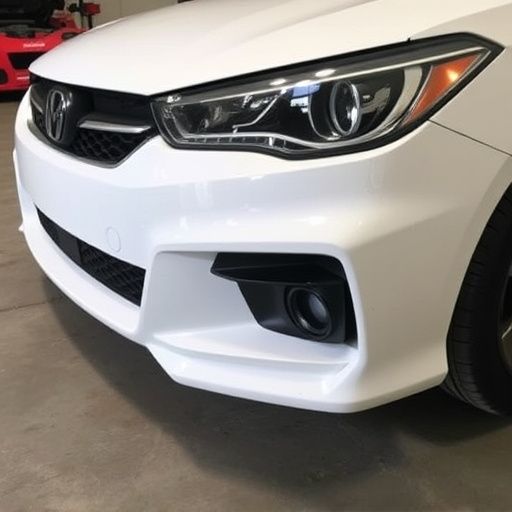
Safety glass has become an integral part of modern life, from our homes to vehicles and public spaces. Understanding its basics is crucial when considering its role in enhancing safety and security. Safety glass, as the name suggests, is designed to minimize the risk of injury or damage when broken. It’s not just a standard type of glass; it’s treated with special coatings or has interlayers that prevent shattering into sharp shards, which can be dangerous. This is especially important for high-traffic areas and places where quick repair is essential, like car windshields.
When it comes to vehicle safety, timely replacement of damaged safety glass, such as those affected by hail damage repair, is vital. Car owners should opt for certified car repair shops offering quality car paint services to ensure the best outcomes for their safety glass replacement needs. A reputable car repair shop will have the expertise and tools to handle intricate windshield repairs or complete replacements, ensuring your vehicle’s structural integrity and your safety on the road.
High-Quality Materials: Properties and Benefits

High-quality safety glass materials are characterized by exceptional properties that set them apart from standard varieties. These include superior durability, impact resistance, and a robust barrier against potential hazards, making them indispensable in demanding applications like automotive and construction industries. When incorporated into vehicles or structures as replacement parts, such as windows or windshields, they significantly enhance overall safety and structural integrity.
The benefits of using high-quality materials extend beyond mere safety. They offer improved aesthetic appeal, reduced weight, and enhanced energy efficiency. In luxury vehicle repair or collision center settings, the use of top-tier safety glass not only ensures faster and more precise installations but also contributes to the preservation of the vehicle’s original value and sleek design. This is particularly crucial for auto repair services that prioritize customer satisfaction and high-quality workmanship.
Choosing the Right Safety Glass for Your Needs
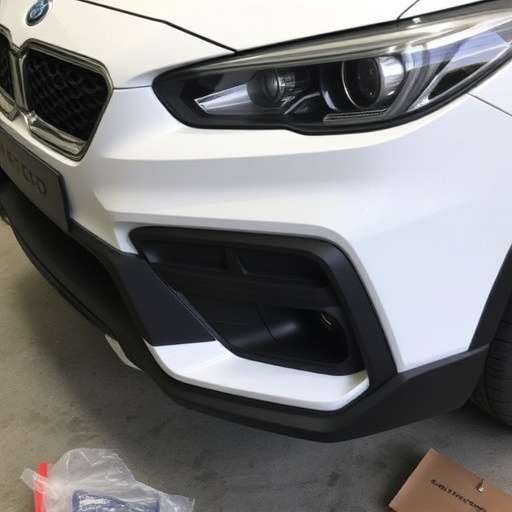
When it comes to choosing the right safety glass for your needs, understanding the various types and their applications is key. Safety glass is designed to protect against impact and potential hazards, making it essential in many industries and everyday life. For instance, in vehicle repair, car repair shop, or fleet repair services, using high-quality safety glass is crucial for ensuring driver and passenger safety without compromising visibility.
Different types of safety glass are suited for specific purposes; tempered glass, for example, is commonly used in architectural applications due to its ability to shatter into small, non-sharp pieces upon impact. On the other hand, laminated glass provides excellent impact resistance and is often preferred for vehicle windshields as it retains its shape even when broken. Selecting the appropriate safety glass replacement depends on factors like environmental conditions, structural requirements, and budget, ensuring optimal protection and performance in various settings, including automotive repair environments.
Safety glass has evolved beyond basic functionality, becoming a crucial element in modern construction and design. By understanding its properties, benefits, and choosing the right type for your needs—whether it’s for windows, doors, or interior partitions—you can ensure enhanced structural integrity, improved durability, and superior protection against unexpected hazards. Remember that high-quality safety glass materials are not just about aesthetics; they’re an investment in your peace of mind and the long-term value of your space. When considering safety glass replacement, keep these seven secrets in mind to make informed decisions for a safer, more secure environment.
